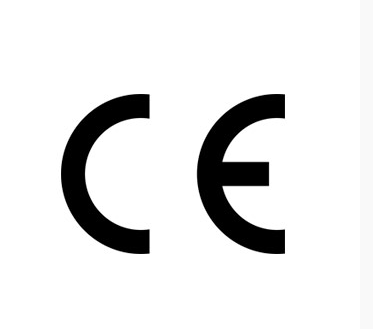BLOG
What Does the CE Mark Mean?
In short, the CE mark is placed on all products that meet the necessary safety and performance criteria that ensure the safety of the user.

For the CE mark to be affixed to a product, there must be an accompanying Declaration of Conformity (DoC). The DoC states that the product, under the manufacturer’s sole responsibility, is compliant to all the necessary legal requirements to achieve CE marking. The product is then allowed to be sold within the European Economic Area.
Lighting Requirements for CE
There are many different standards and legislation which apply to lighting, but the simplest way of achieving European compliance and attaining the CE mark is by providing supporting evidence of;
Low Voltage Directive (LVD) – 2014/35/EU
Electromagnetic Compatibility Directive (EMC) – 2014/30/EU
Radio Equipment Directive (RED) – 2014/53/EU
Energy Related Products Directive (ERP) – 2009/125/EC
Restriction of Hazardous Substances Directive (RoHS) – 2011/65/EU
There are, however, many other pieces of legislation that may apply to a product, that are not required to obtain a CE mark. You will also need to demonstrate conformity to these. For example, products for outside use or will also need to be tested for IP Ratings. Furthermore, downlights installed in a ceiling may need to be tested for fire and acoustic rating.
The Technical File and Declaration of Conformity
All of the European CE marking directives state that a Technical File must be created and maintained to accompany the DoC. The Technical File is a document containing all of the information about the product being placed on the market. This then demonstrates conformity to all of the applicable legislation. To ensure the Technical File for your product has met the requirements of the directives, it is best to get it tested by accredited testing laboratories.
The Declaration of Conformity is a document signed by the person responsible for the product. The DoC must be signed by someone who has the power to make binding commitments on behalf of the manufacturer. This identifies who is responsible for ensuring that the CE marking processes is completed.
 English
English Chinese
Chinese






